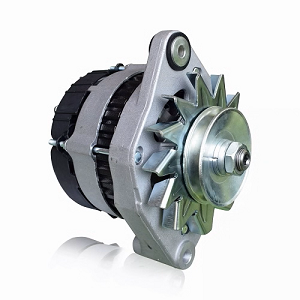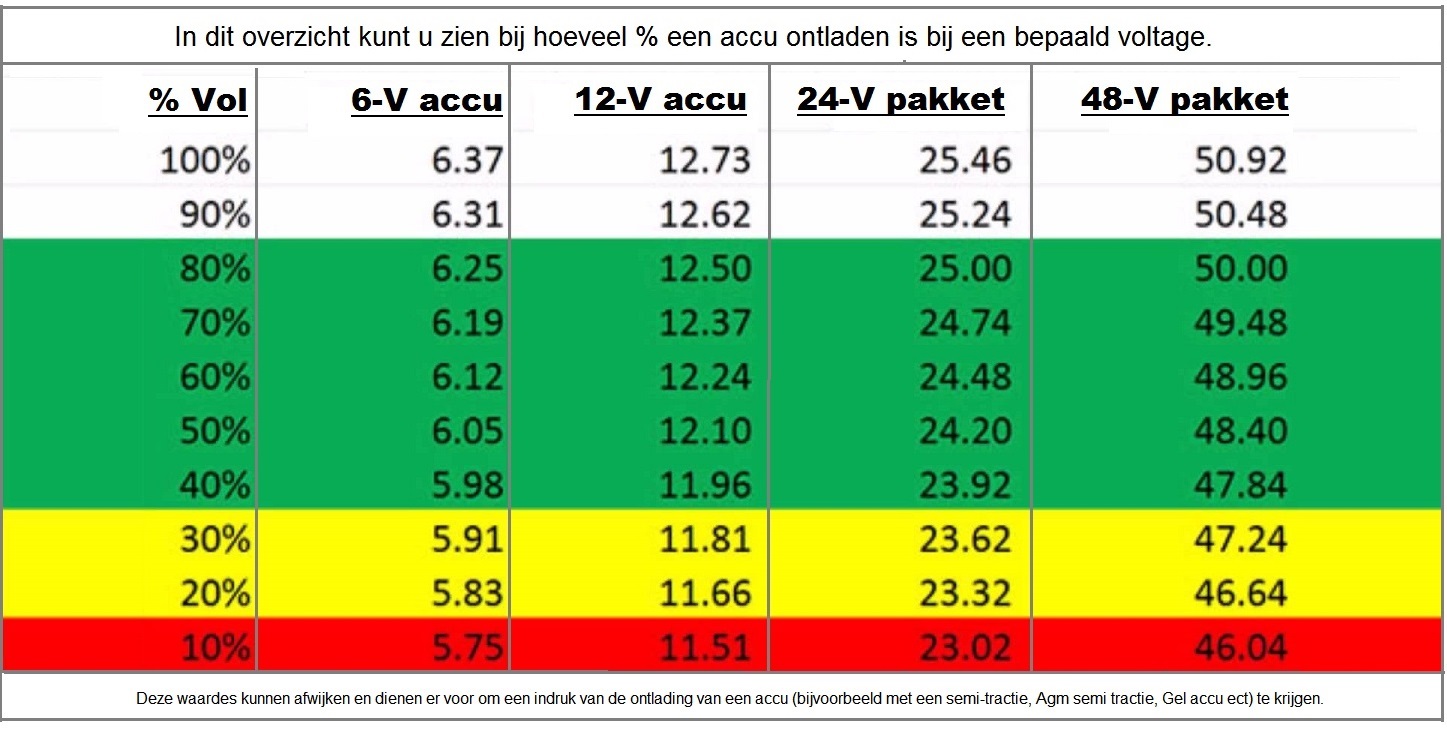
In boats, you have got 6V systems (old, but still common), 12V and 24V systems. The 12V is most common in pleasure cruising and 24V is found in larger ships and inland vessels.
This voltage is energised by the battery, which is recharged by an alternator on the combustion engine. This voltage is higher in order to fill ‘the vessel’ quickly. Without a voltage difference there is no ‘flow’. This creates the confusion between the terms system voltage and charging voltage.
There are also different batteries: starter, traction and semi-traction, sometimes with their own charging value. Real full-traction batteries require a higher charging voltage, always check this when purchasing.
On the AB Marine service site, we use the term ‘system voltage’ as much as possible. A 12V battery must be charged with a 12V alternator. Therefore we use the indication 12V for the alternator. Using the 14V or 13.8V charging voltage as indication would lead to confusion. We supply the alternators standard with a set value for charging starter and semi-traction batteries.
- 6V calcium battery = 6.9V charging voltage (e.g. vintage car)
- 12V calcium battery = 13.8V – 14.4V charge voltage (all starter batteries and common semi-traction batteries).
- AGM semi-traction battery = 14.6V – 14.8V charging voltage
- GEL battery = 14.2V – 14.8V charging voltage
It is also possible to determine the status of your battery by measuring the voltage, see the corresponding voltages below. Preferably do this a day after charging.













